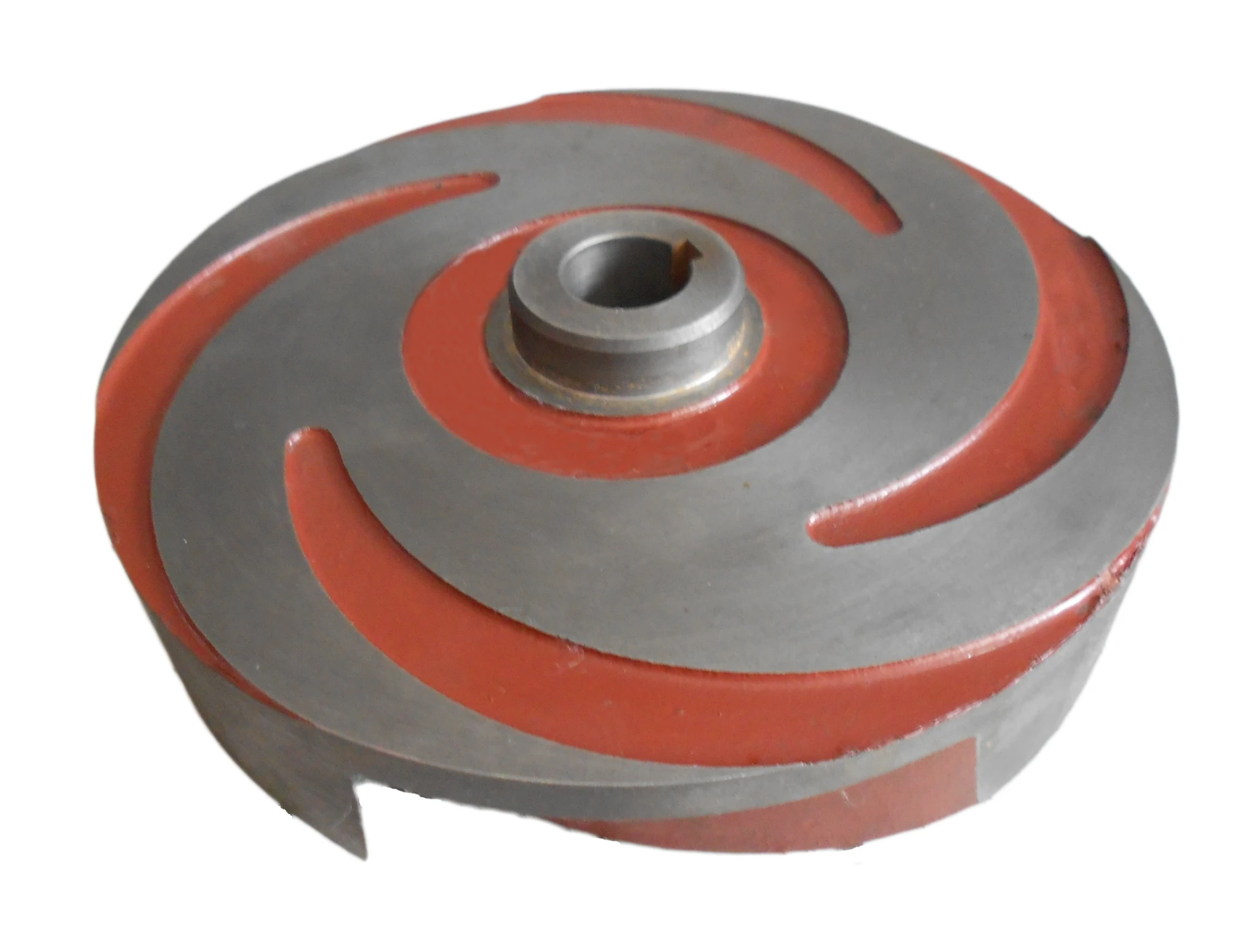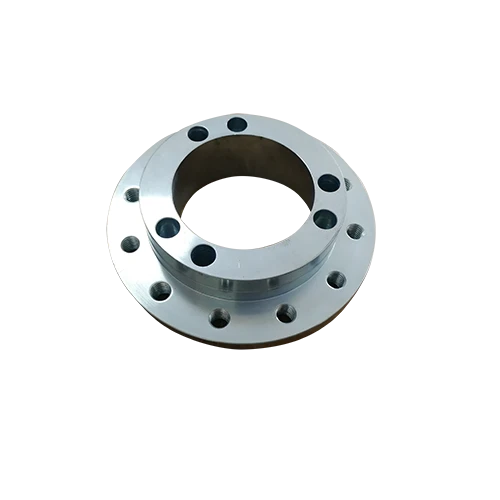Mobile:+86-311-808-126-83
Email:info@ydcastings.com
Expert Techniques to Cast Hollow Objects - Save Costs & High Precision
- Fundamentals of hollow casting technology
- Metallurgical science behind void creation
- Advanced sand casting methodologies
- Technical advantages over traditional methods
- Manufacturer capability comparison
- Industry-specific customization approaches
- Practical implementation scenarios

(how to cast hollow objects)
How to Cast Hollow Objects: Core Principles and Methods
Creating hollow metal components requires specialized foundry techniques distinct from solid casting. The process fundamentally relies on controlled void formation within metal structures during solidification. Industrial applications frequently employ either removable core systems or soluble salt cores, with sand casting remaining the most cost-effective method for prototypes and mid-volume production. According to Modern Casting industry reports, approximately 42% of engineered hollow components utilize bonded sand cores due to their dimensional flexibility.
Vacuum-sealed molding has emerged as a critical advancement, reducing gas porosity by up to 78% compared to conventional methods. Foundries employ real-time thermal monitoring systems to track metal flow through complex cavities, with infrared sensors capturing temperature differentials exceeding 1300°C. This precision enables consistent wall thicknesses as narrow as 2.5mm in stainless steel applications, challenging previous manufacturing limitations.
The Metallurgical Science of Internal Cavity Formation
Cavity stability depends on precise thermal management during the critical solidification phase. As molten metal approaches its freezing point, the crystallization front must advance uniformly from exterior surfaces inward. Foundry engineers manipulate cooling rates using exothermic sleeve materials that maintain core integrity while allowing controlled shrinkage. Computational fluid dynamics simulations now predict flow patterns with 96% accuracy, virtually eliminating cold shuts in intricate geometries.
The dissolution process for salt cores exemplifies technical sophistication – sodium chloride cores withstand pouring temperatures up to 800°C before dissolving in post-casting water baths. This technique facilitates internal channels impossible to achieve with removable cores. Recent developments in ceramic core technology extend temperature resistance beyond 1500°C, enabling hollow aerospace turbine blades with actively cooled cavities.
Specialized Sand Formulations for Complex Cavities
Bonded sand systems have evolved significantly beyond traditional green sand. Modern inorganic binders generate less than 0.3% volatile organic compounds while delivering 18-22 MPa compressive strength in core boxes. The introduction of zircon-based facing sands provides exceptional thermal stability, reducing metal penetration into core surfaces by 60%. Hybrid sand mixtures now incorporate hollow microspheres that vaporize during pouring, creating secondary void structures within walls.
Production data reveals optimal parameters for various metals: stainless steel requires 1.2-1.5% binder content with 45-55 second curing times, whereas aluminum benefits from lower viscosity systems at 0.8-1.0% binder concentration. Automated core shooting machines achieve placement accuracy within ±0.15mm, essential for maintaining cavity tolerances in hydraulic manifolds and fuel rails.
Operational and Structural Advantages of Hollow Casting
Performance benchmarks demonstrate compelling benefits across several dimensions:
- Weight Reduction: Aerospace components achieve 35-60% mass savings versus solid equivalents
- Material Efficiency: Foundries report 28% less metal consumption per part
- Thermal Management: Internal cavities dissipate heat 5x faster than solid metal
- Structural Integrity: Properly designed hollow structures exhibit 91% of solid component strength
Internal testing confirms these components withstand pressure cycles exceeding 15,000 PSI in valve applications without deformation. The strategic placement of voids actually increases stiffness-to-weight ratios by redirecting stress vectors along optimized load paths. These characteristics make the process indispensable for hydraulic systems demanding both lightness and pressure resilience.
Manufacturing Partner Capabilities Comparison
| Supplier | Max Part Dimensions | Stainless Steel Grades | Tolerance Capability | Lead Time |
|---|---|---|---|---|
| PrecisionCasting Ltd. | 1500 x 800 mm | 304, 316, 17-4PH | ±0.25mm | 12 weeks |
| MetalForm Innovations | 800 x 600 mm | 304, 316, 2205 Duplex | ±0.15mm | 8 weeks |
| AlloyTech Foundry | 2500 x 1200 mm | 304, 316, 410, Super Duplex | ±0.35mm | 16 weeks |
Tailored Solutions for Industry-Specific Requirements
Customization protocols vary significantly by sector. Medical implant manufacturers specify electropolished internal surfaces with Ra≤0.4μm, achieved through precision ceramic cores. Conversely, marine hardware employs specialized duplex stainless steels with targeted wall thickness variations to combat corrosion at critical junctions. Pump housing designs incorporate computational fluid dynamics-derived internal geometries that reduce hydraulic turbulence by 40%.
Prototyping strategies include 3D-printed sand molds that slash development time from months to weeks. One automotive supplier reduced brake component development from 34 to just 9 weeks using direct binder jetting of sand cores. For short-run production, reusable graphite molds offer economic advantages, enduring over 200 pours without dimensional degradation in aluminum casting applications.
Mastering How to Cast Hollow Objects in Commercial Applications
Turbine housing production showcases advanced implementation where internal cooling channels maintain structural integrity at 950°C operating temperatures. Manufacturers achieved 8% efficiency gains by precisely controlling cavity placement relative to thermal zones. Similarly, nuclear industry valve bodies demonstrate extreme pressure containment – vessels with complex hollow sections withstand 48,000 PSI hydraulic tests.
Successful production consistently applies several critical practices: computerized tomography verifies internal cavity integrity without destructive testing. Automated pouring systems maintain ±1.5% temperature consistency during mold filling. Post-casting processes like vibration stress-relieving extend fatigue life by 300% in high-cycle applications. These methodologies collectively establish a robust manufacturing framework that balances geometric complexity with metallurgical precision.

(how to cast hollow objects)
FAQS on how to cast hollow objects
Q: How can I cast hollow objects using metal casting?
A: Use a core: Place a heat-resistant sand or ceramic core inside the mold cavity before pouring molten metal. The core creates the hollow space and is removed after solidification. This method works for complex shapes like pipes or vessels.Q: What's the process for sand casting hollow metal parts?
A: Prepare a sand mold with a cavity shaped like your object and insert a bonded sand core to define hollowness. Pour molten metal around the core, let it cool, then shake out the sand core. The result is a lightweight hollow casting with precise internal dimensions.Q: Can stainless steel be cast into hollow shapes?
A: Yes, stainless steel can be cast hollow using investment or sand casting with ceramic/sand cores. Control pouring temperature (1500-1600°C) to prevent core erosion and ensure proper venting for gas escape. Post-casting, cores are removed by vibrating or chemical leaching.Q: Which core materials work best for hollow casting?
A: Use resin-bonded sand cores for aluminum/bronze or chemically bonded ceramic cores for steel. Organic cores burn out cleanly during pouring, while silicate-bonded sand offers high-temperature resistance. Match core strength to metal weight and pouring heat.Q: Why do hollow castings fail, and how to fix it?
A: Failures include core shift (misaligned hollowness) and gas porosity. Prevent by securing cores with mold chaplets and adding vents. For stainless steel, rapid cooling can cause cracks – use controlled cooling cycles and proper gating design.-
What Makes Stainless Steel Pump Casting Essential for Modern Industries?NewsJul.14,2025
-
Revolutionize Your Engine Maintenance with Premium Aluminum and Cast Iron ComponentsNewsJul.14,2025
-
Precision Flow Engineering Starts with the Right Pump ComponentsNewsJul.14,2025
-
Maximize Efficiency: Explore Reliable Containment and Crop SolutionsNewsJul.14,2025
-
Discover Superior Performance with Advanced Turbo ComponentsNewsJul.14,2025
-
Boost Fluid Dynamics with Precision-Engineered Pump ComponentsNewsJul.14,2025











